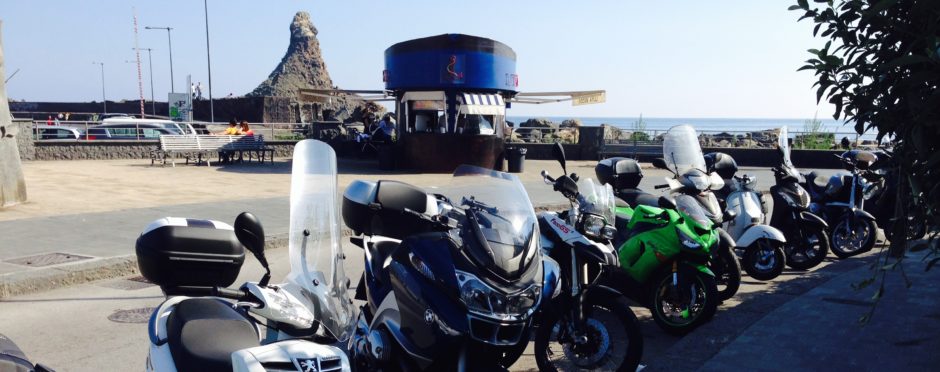Most of us react by anticipating what we think is going to happen in the next few milliseconds to seconds. That reaction is an innate response derived from a learned behavior which usually results in an expected outcome. So, when we are riding along on our motorcycles, many distractions interfere with our perception of what will happen next. Ninety-nine percent of the time we don’t have to react quickly and deliberately. But when we do have to react, we are forced to rely on a practiced behavior. That practiced behavior is critical to the success of a maneuver resulting in a safe outcome. If the rider hasn’t practiced correctly, in the right frame of reference, the outcome may not be desirable. So it’s imperative to practice up to the limit so that we have as many reference points as we can to help us recognize a bad situation and correct appropriately.
Over time, we gain experience from the various situations we encounter. If we are lucky, we’ll be able to recognize and respond quickly. Sometimes we’ll go an entire lifetime riding without having to approach the limit of the machine. But the time we need the skill, we’ll wish we had the experience.
There are basically two limits we should be able to approach that will keep us from being injured or worse. At Countersteer, we believe those limits are braking and turning.
- Do you know where your maximum lean angle is and what it feels like to be at or near the limit?
- What’s it feel like to apply maximum braking on dry and wet roads?
- How far do you travel before you stop under maximum braking?
- Are you comfortable swerving at 40 MPH? How about 70 MPH?
- Can you change your chosen line mid-corner to avoid an unseen obstacle?
- Can you apply brakes in a turn? Which one? How much pressure do you apply? What happens to your radius of turn if your lean angle is constant and your speed decreases?
Countersteer’s motorcycle training program will put you and your bike through a course designed to move you to a level of proficiency you have never experienced before. We’ll use proven military flight and law enforcement training techniques on the road course. We will also present a variety of classroom based briefings between road course sessions addressing risk management, motorcycle set-up, human factors and a myriad of other topics related to safe, proficient riding.
